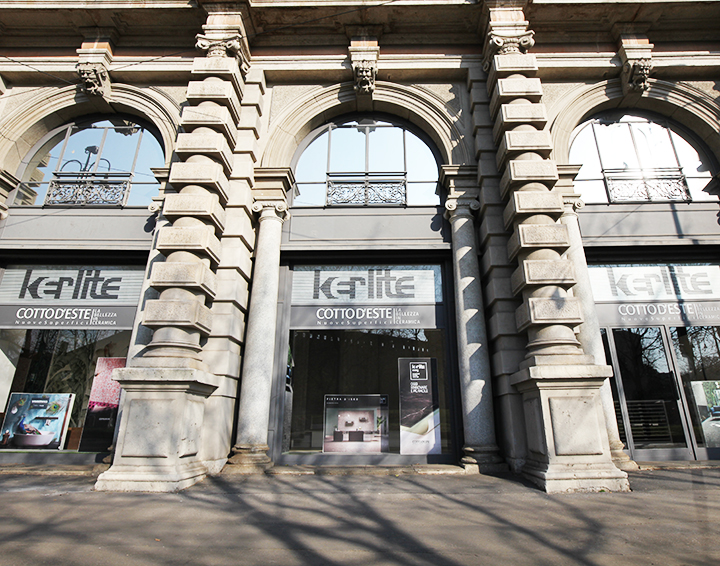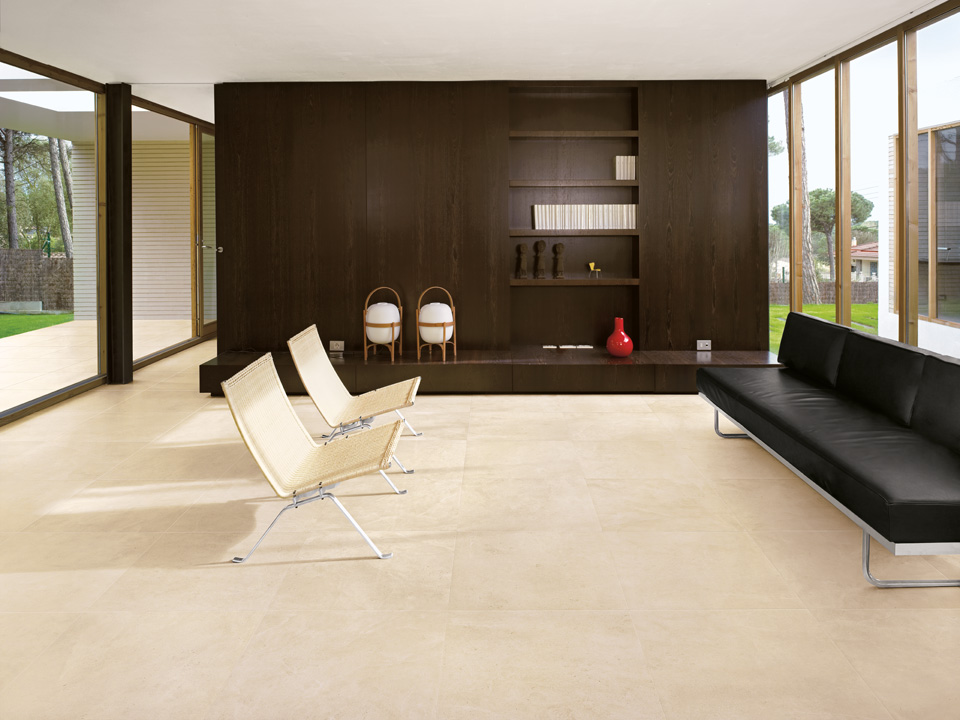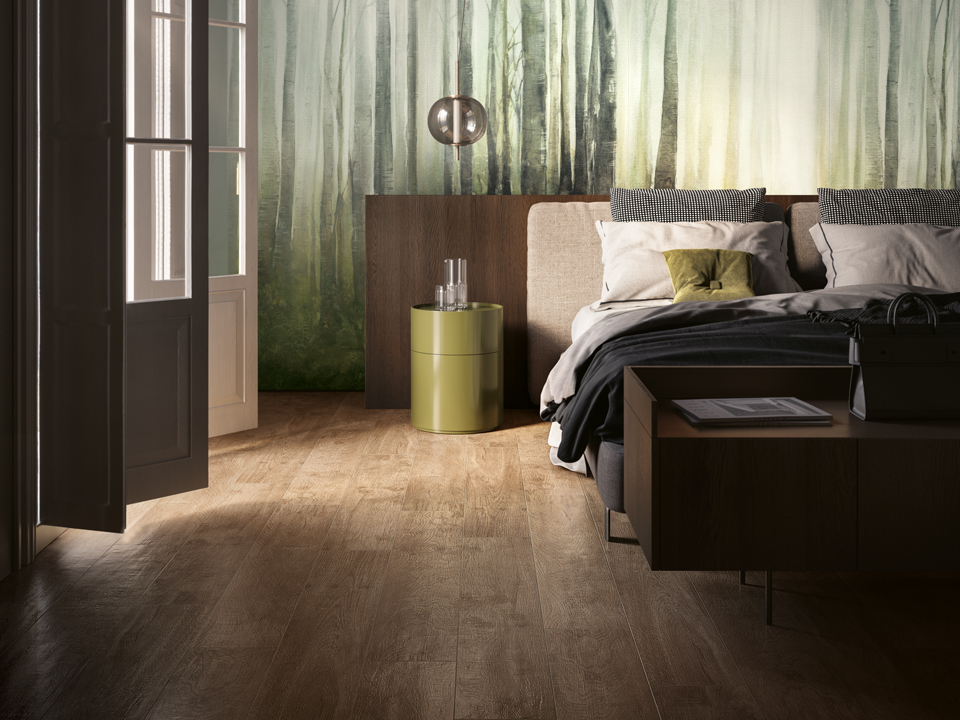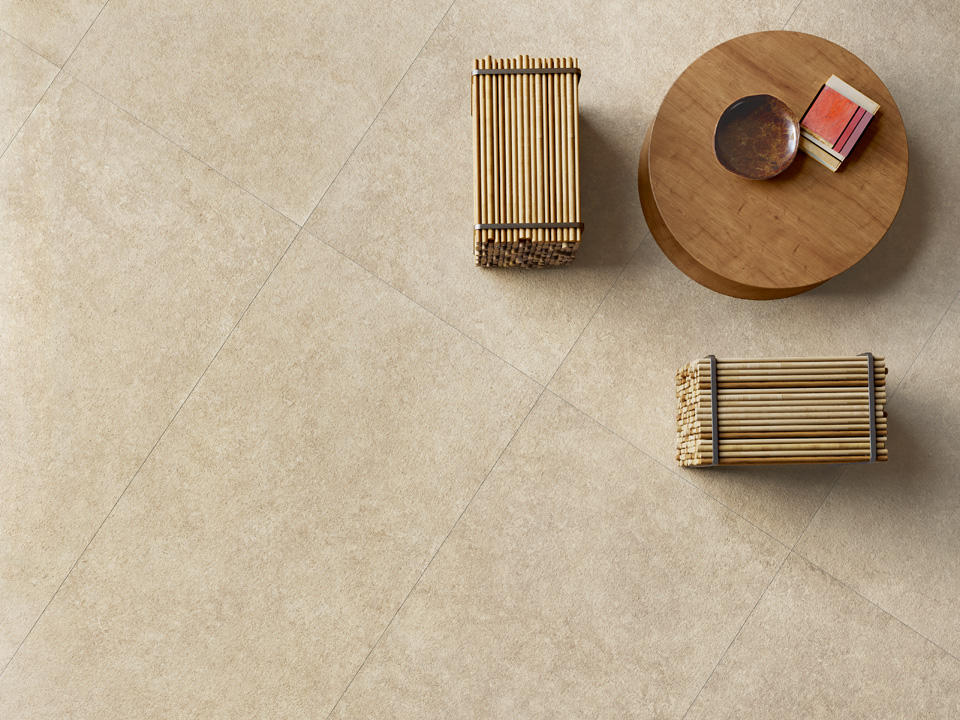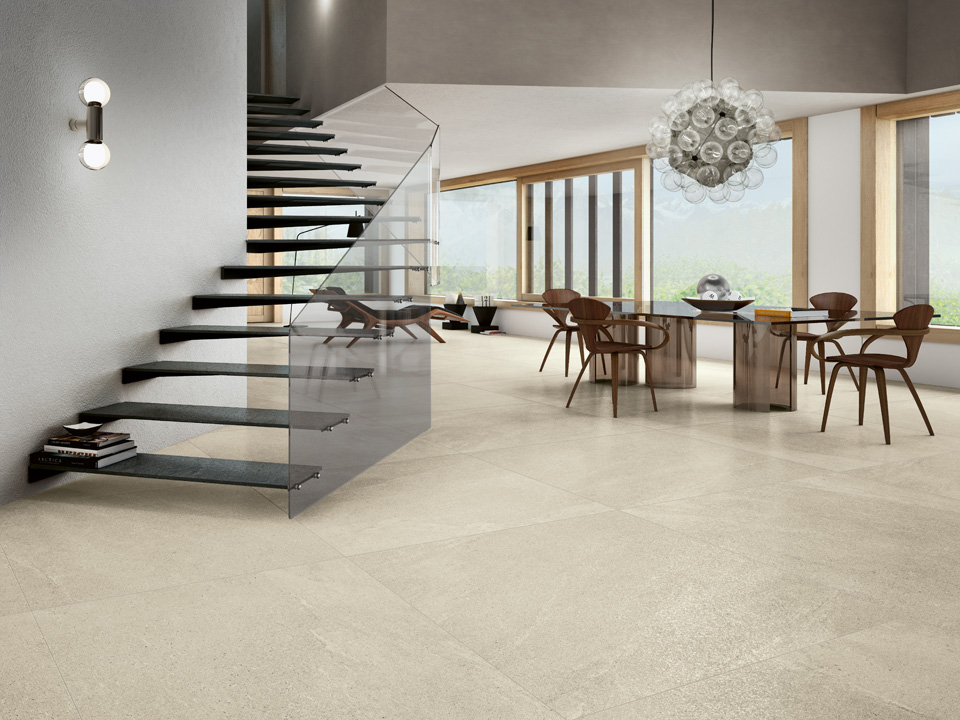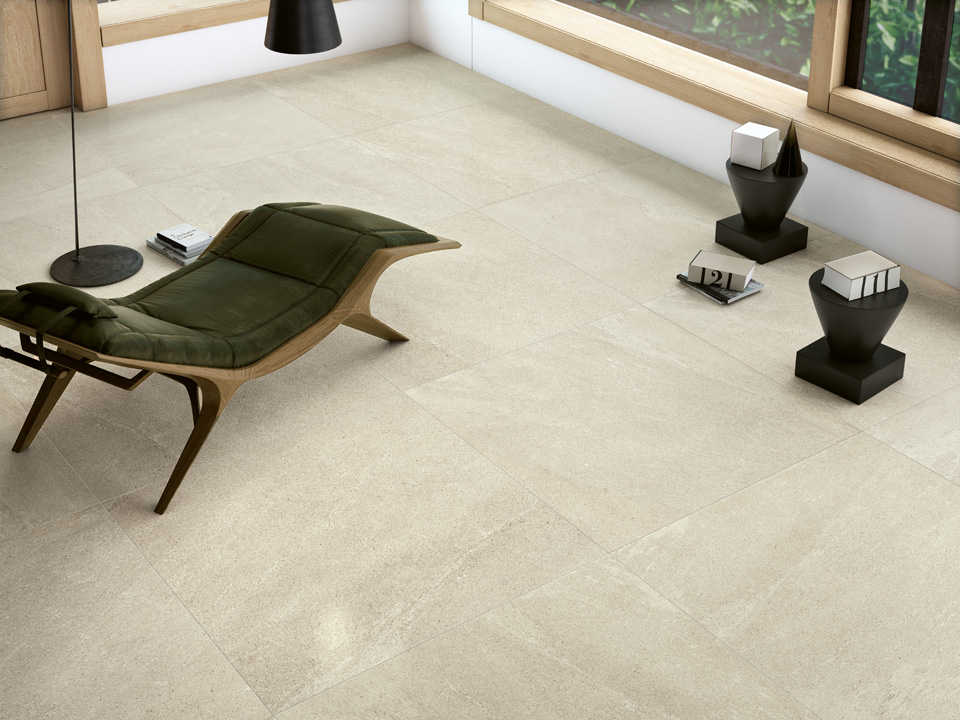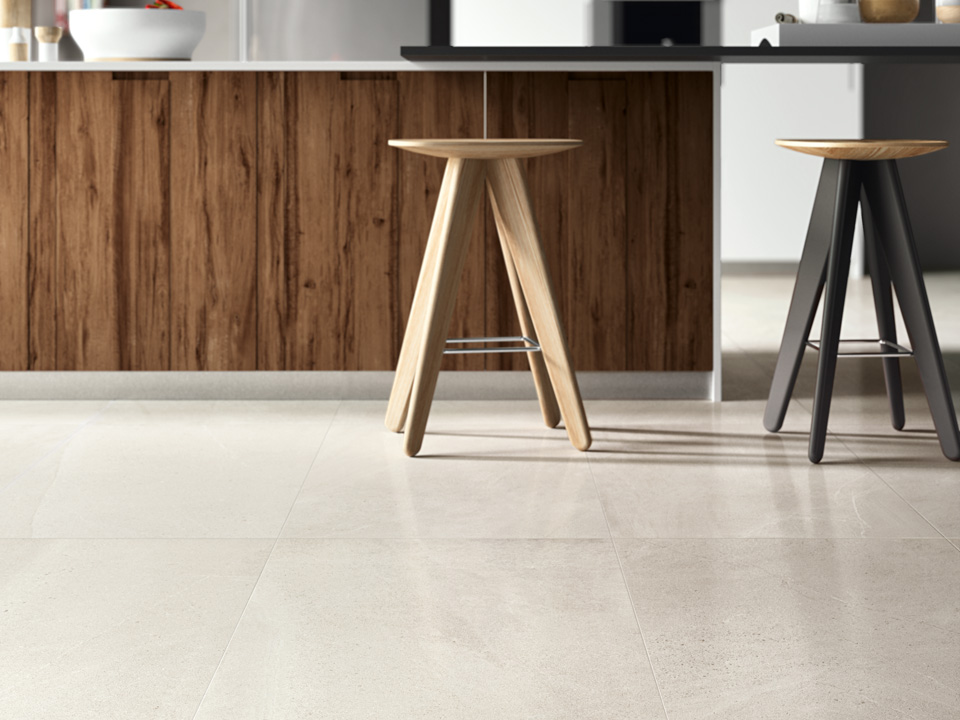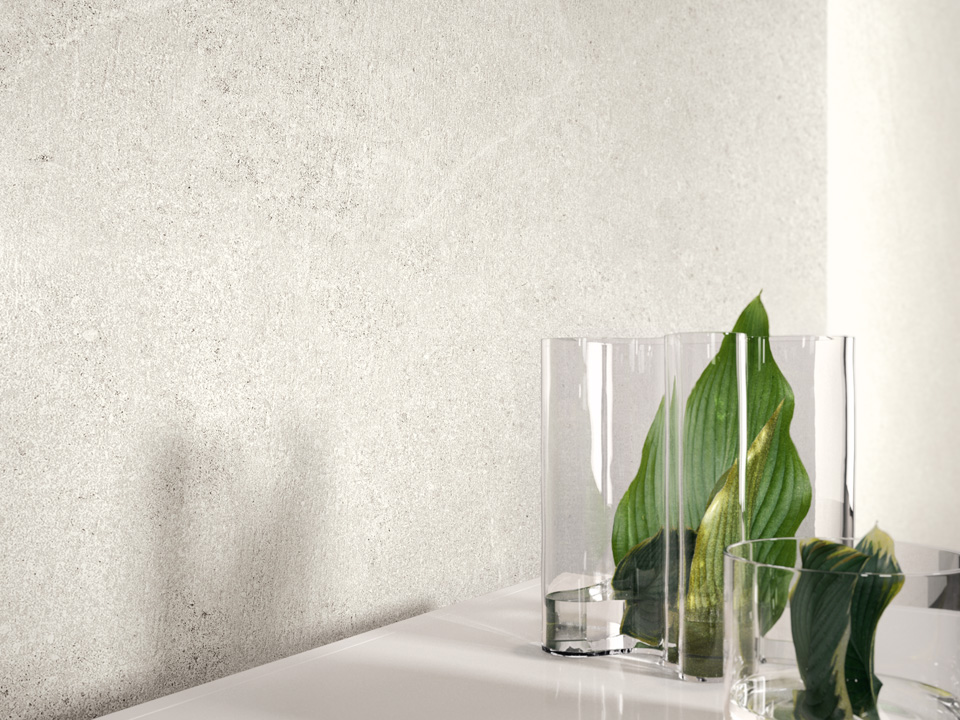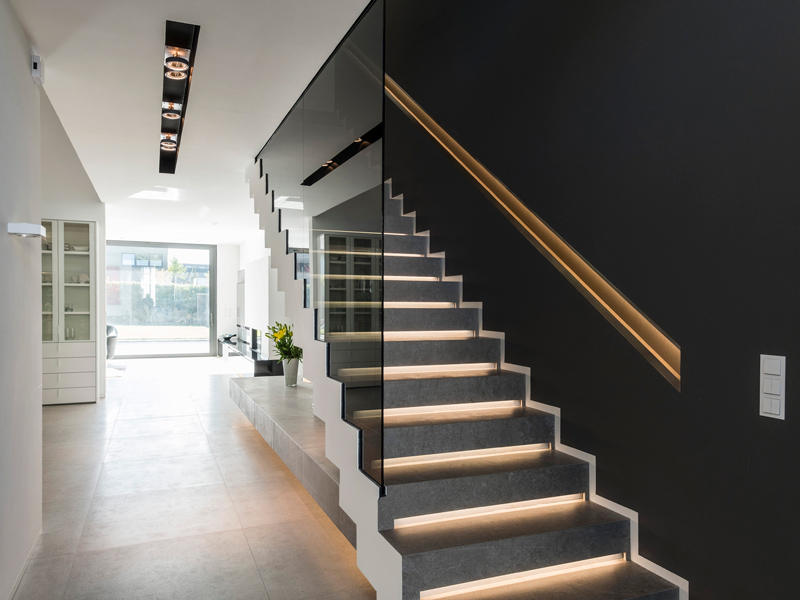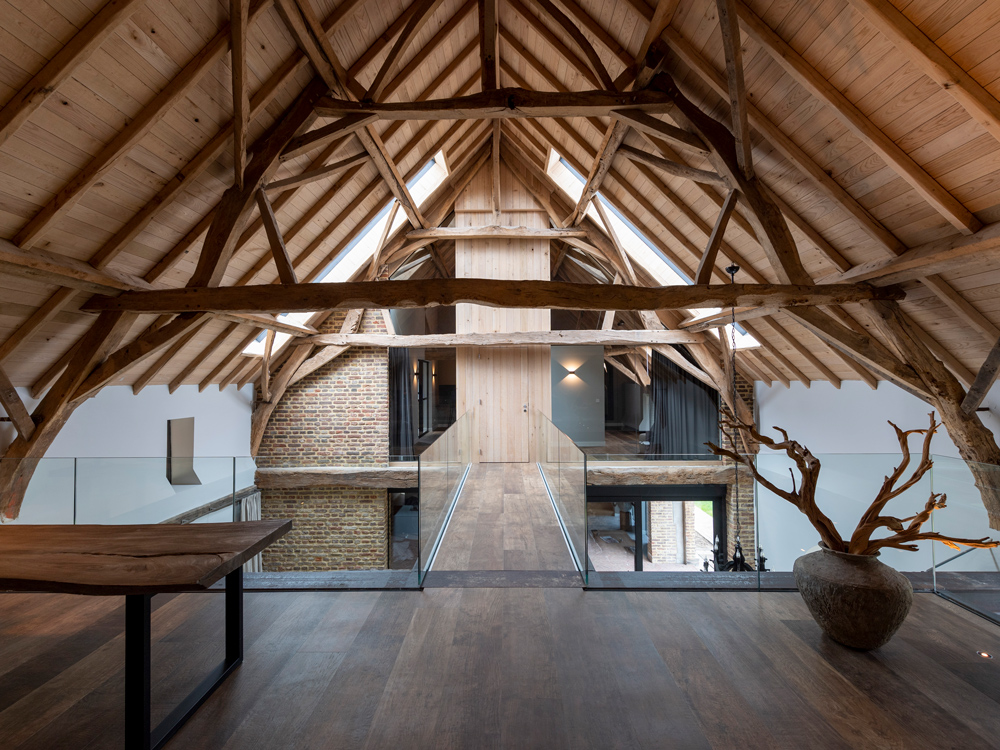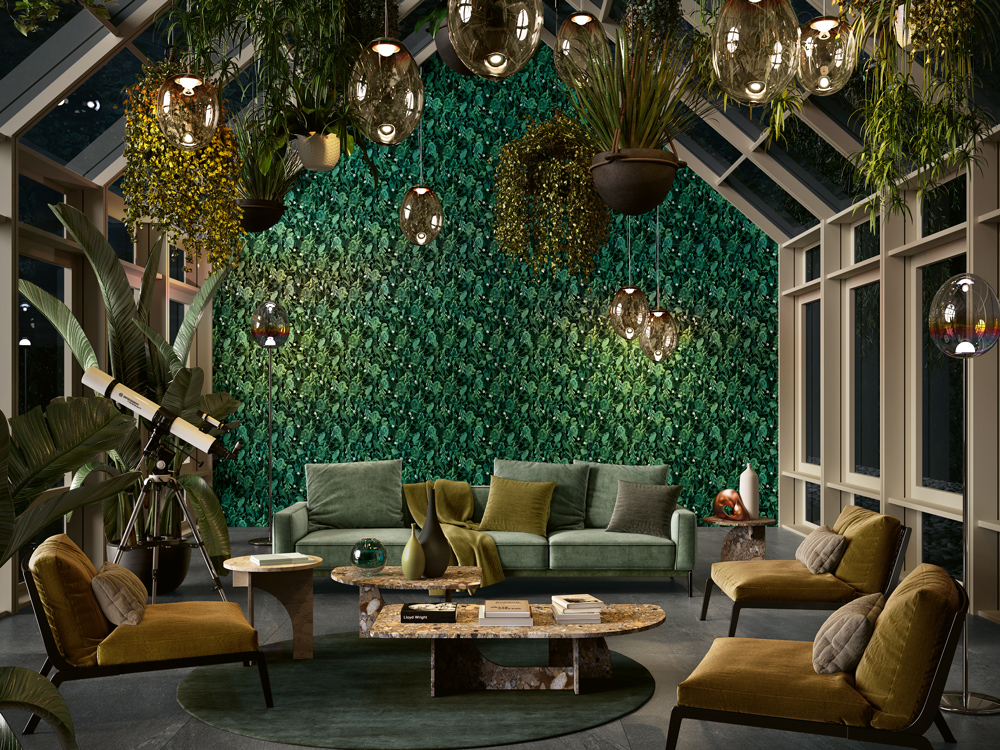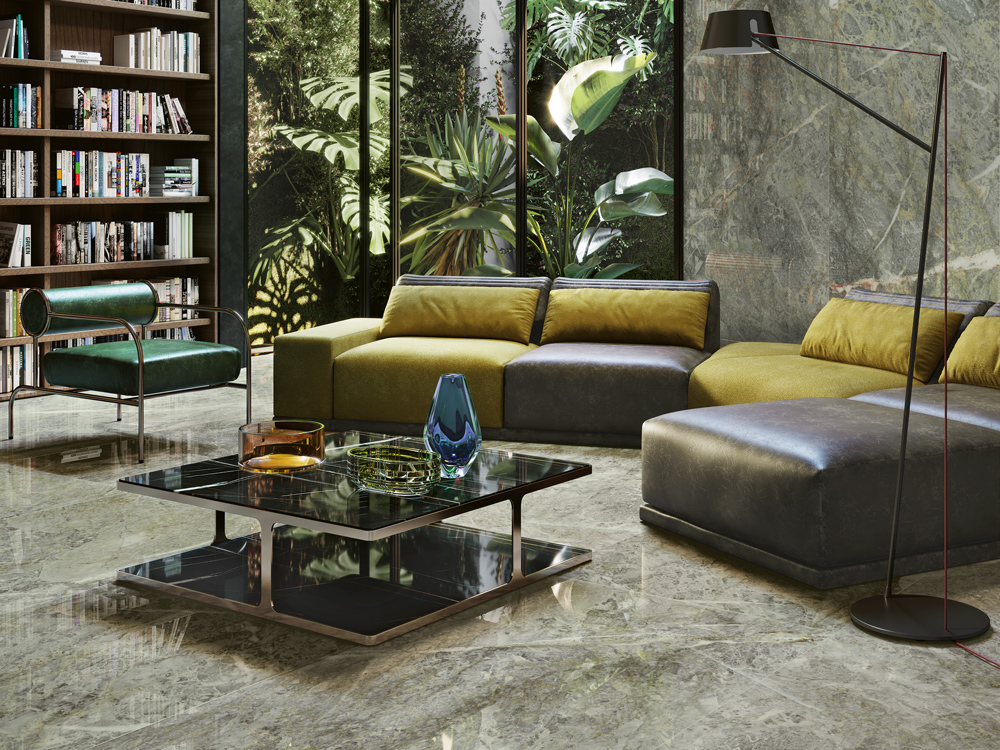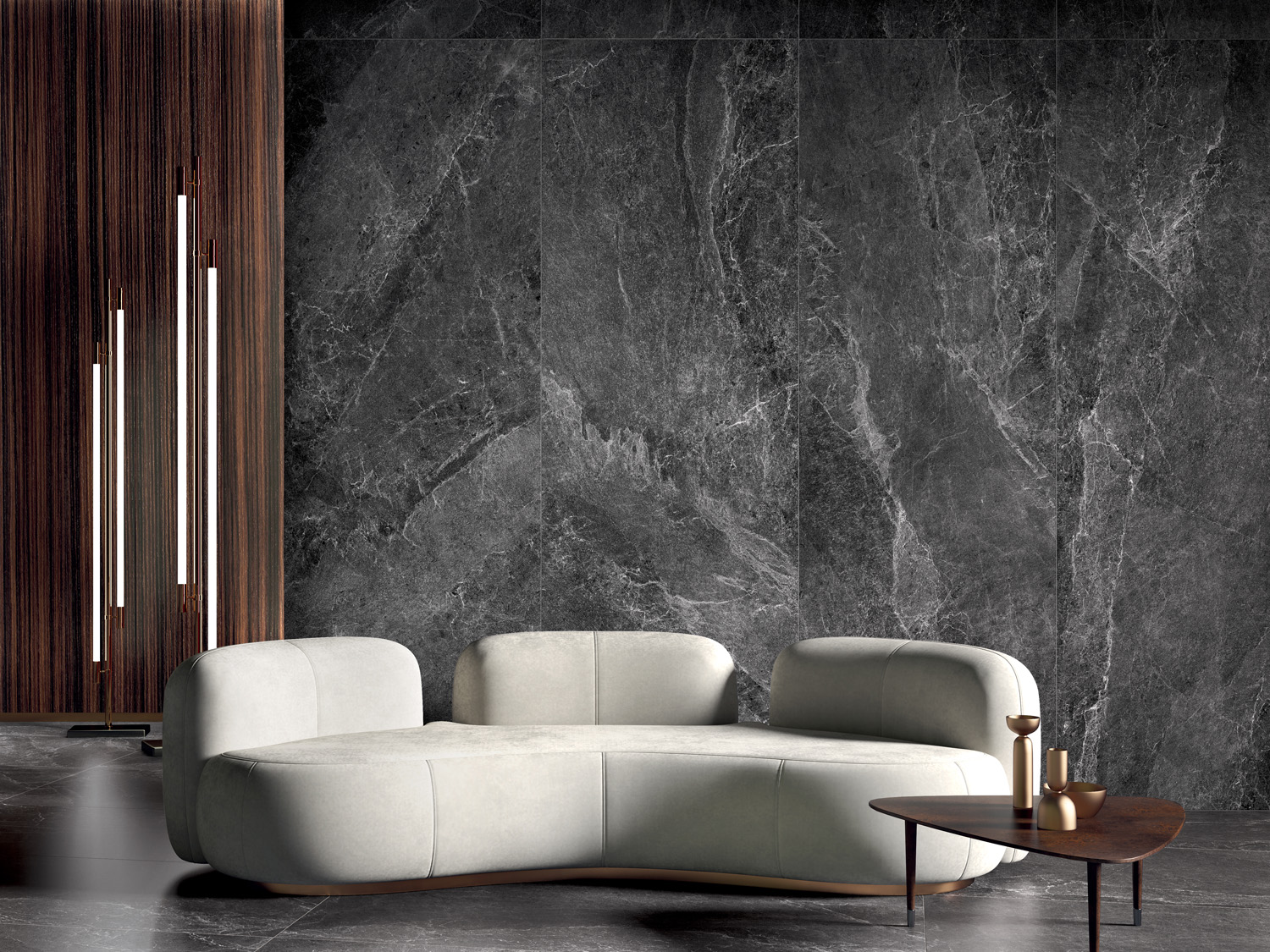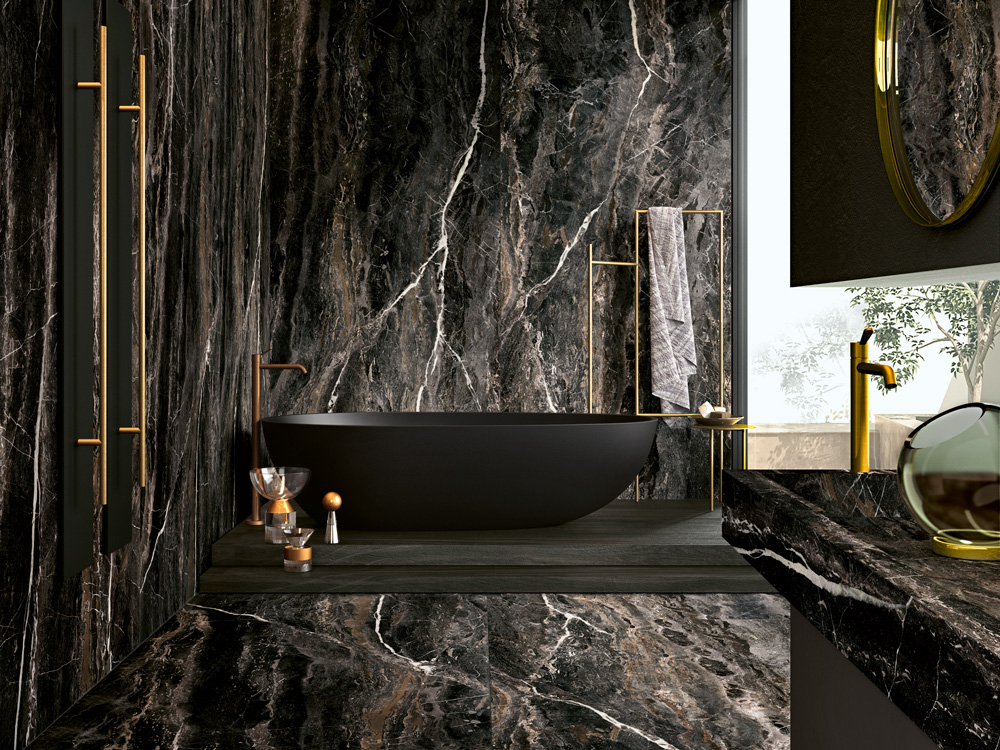Much more than just a growing trend in the world of interior design, the Japandi style represents an enduring aesthetic ideal that transcends fashion. But more than that, for those who choose it in their home, it’s a true philosophy of life. Architects and interior designers have skilfully integrated two living concepts typical of the Japanese and Nordic cultures, finding common ground in their shared principles.
From this perspective, designing a space translates into a careful choice of the most functional solutions for those who inhabit it, thus successfully integrating the highest quality materials and surfaces with striking aesthetic appeal.
But what is the Japandi style and what makes it so special? Ultimately, the Japandi style is a perfect blend of the elegant simplicity of Japanese homes and the minimalist comfort of Nordic décor. Its spirit, therefore, is that of a Japanese minimalism that also manages to feel warm and inviting.
This approach is reflected in the flooring and cladding as well. Here stone-look porcelain stoneware stands out as a key element in capturing the essence of the Japandi lifestyle.
In fact, stone-look porcelain stoneware surfaces offer a new, sophisticated, and even enhanced interpretation of nature itself. Thanks expertly handled production processes and continuous research and development, the flooring and cladding products designed by Cotto d’Este surpass all technical and aesthetic expectations.
The stone-look has been perfected to an outstandingly high level, leaving no room for compromise. The result is simply the best ceramic products possible.
These exclusive surfaces, eclipsing the beauty and quality of other solutions present on the market, perfectly embody the ideals of the Japandi philosophy. Simple elements designed and intended to surpass the limits of time, unaffected and unhindered by fleeting trends.
us
